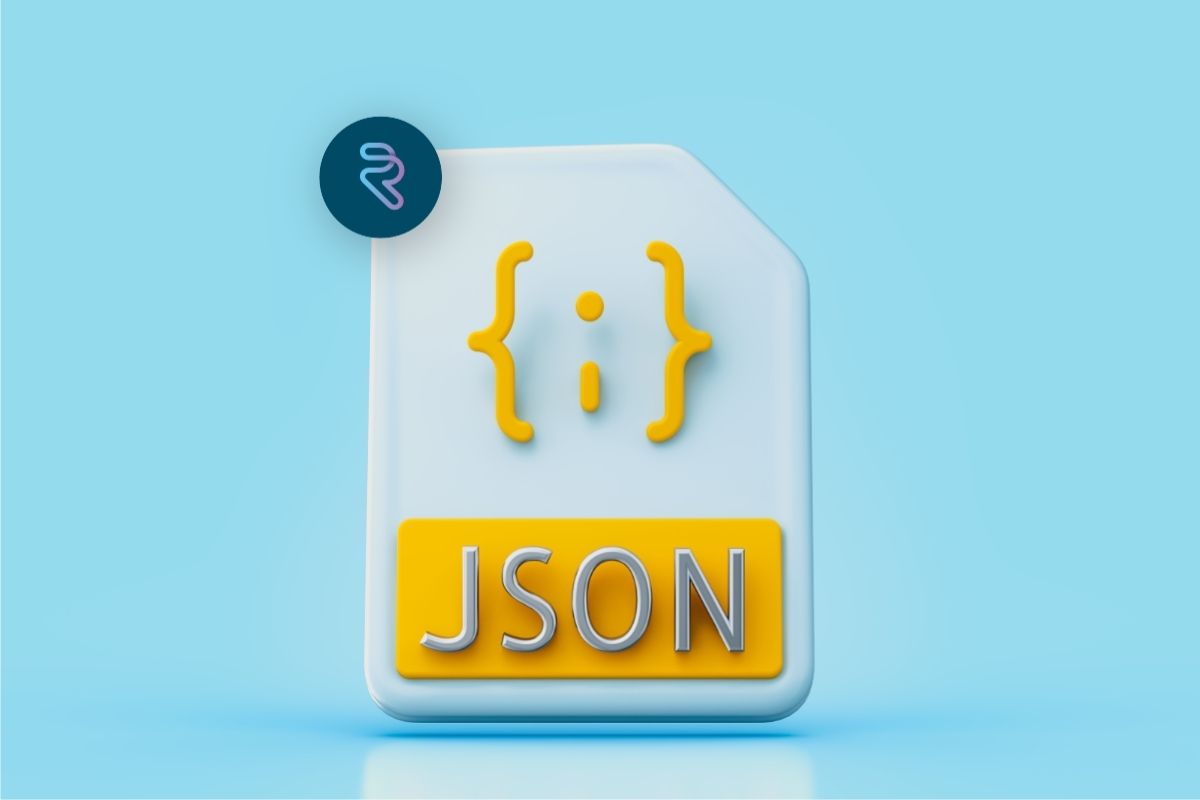Cem Kütük
Quality control is a way of verifying the standard of a product or service as it is created, reducing the likelihood of defective products reaching the market.
In this article, we will examine what quality control is, why it is important, its relationship with ISO 9001 and how it can be implemented.
I will also talk about how you can get help with quality control from RIVER, an all-in-one digital application development platform that offers BPM, ECM, CRM, BI (Reporting) solutions and more.
What Is Quality Control?
Quality control is a critical stage in production and service processes that ensures quality and compliance with norms and targets. Quality control is based on the application of techniques and tools that allow you to measure, analyze and improve the quality parameters of products, services and processes. Some of these techniques and tools include:
- Control Page: This is the form that makes it easier to obtain information about quality variables (defects, causes, frequencies, etc.). It allows you to identify and classify problems and their sources. Automated forms and verification lists analyze these variables in real time, offering more precise control.
- Stratification: This statistical method classifies information considered relevant and places it into groups. You can organize data by personnel, time, distribution, etc. It allows you to segment and compare based on different criteria. This is beneficial for analytics platforms that make it easy to layer, simplify, and segment information.
- Cause-Effect Diagram: This diagram shows the relationship between an effect (quality issue) and its possible causes. It allows you to identify and analyze the root causes of problems and interactions. This feature is available in various management solutions such as BPMS (Business Process Management Systems)
- Pareto Chart: It is a diagram that shows the frequency and distribution of quality-related problems from largest to smallest. It allows you to identify and prioritize the most important or critical issues by following the Pareto chart (80% of the results come from 20% of the causes). A diagram can be implemented and automated using [Analysis] tools.
- Histograms: Also known as a Scatter Plot, this is a graph that shows the frequency of a quality variable as bars. It allows you to visualize the shape, center and distribution of data, as well as detect deviations or anomalies.
- Control Chart: This chart shows changes over time in a quality variable in relation to some control limit. It also allows you to check and evaluate the stability and capacity of a process, as well as identify possible causes of variation.
What Is the Importance of Quality Control?
Quality control is important for many reasons including:
- To increase customer satisfaction and loyalty by offering products and services that meet customers’ expectations and needs.
- It increases corporate competitiveness and profitability as it reduces costs and waste by optimizing resources and processes, while also increasing productivity and quality.
- Meet legal requirements by ensuring compliance with industry rules and standards.
- To promote continuous improvement and innovation by establishing a quality management system that allows you to systematically and periodically monitor, evaluate and improve products and processes.
How Are Quality Control and ISO 9001 Related?
ISO 9001 is an international standard that determines the requirements for quality management systems applied to businesses that want to improve their performance and meet the needs of their customers.
It is closely related to quality control as it determines the requirements for planning, implementing, controlling and improving processes that affect the quality of products and services.
Additionally, ISO 9001 requires companies to conduct internal and external audits to verify the operation of the management system and identify opportunities for improvement.
How Can You Control Quality in Your Industry?
Quality control in your industry can be achieved through the following steps:
Strategic Planning
This means defining corporate policies, objectives, indicators and plans for quality in line with your mission, vision and values. It also means establishing the scope, resources, responsible parties and stages of the quality management system.
Process Analysis and Standardization
This involves identifying, recording and optimizing processes that affect the quality of products and services using tools such as flow diagrams, process mapping and quality guides.
Using a BPM tool for process automation in combination with reporting allows you to perform this analysis and standardization quickly, precisely and traceably; This benefits quality control and continuous improvement.
Internal Training and Communication
The training, motivation and ability of your personnel to understand the importance of quality control, as well as their roles and responsibilities in the quality management system, form the basis of this step.
This also includes clear, appropriate and effective communication of the company’s policies, objectives, plans, results and quality improvements at all levels.
Nonconformance Management
It means identifying, recording, analyzing, correcting and preventing (non-conformities) in your products, services or processes using tools such as check sheets, root cause analyzes or corrective action plans.
Process Control
This concept, also known as process management, consists of measuring, monitoring and evaluating the performance of all processes that affect the quality of products and services using control sheets and tools such as graphs, histograms and scatter plots.
Corrective Actions
The corrective action report is based on identifying, planning, implementing and verifying the corrective actions required to eliminate the causes of detected or potential nonconformities using tools such as a cause-effect diagram or Pareto chart.
Continuous Improvement
Continuous improvement requires you to identify, plan, implement and verify improvement actions to increase customer satisfaction, process efficiency and product and service quality using tools such as the improvement action report, SWOT analysis and the PUKO cycle.
How Can RIVER Help You?
Since the RIVER software application platform is an all-in-one enterprise digital platform that offers BPM, ECM, CRM, BI, KANBAN, GANT, CALENDAR, MOBILE and more, it can help with quality control in companies in many different ways.
Here are some of the benefits RIVER can offer:
- Automating and optimizing quality processes from design to continuous improvement using a BPM (Business Process Management) solution. This is useful in critical quality control tasks such as form creation and verification lists, factors required to effectively manage the quality of products and services within a company.
- Manage and organize quality-related content such as manuals, procedures, records, evidence, reports or audits using the ECM (Enterprise Content Management) solution.
- Establishing effective relationships with customers and suppliers and meeting their needs, expectations and requests using CRM (Customer Relationship Management) solution.
- Analyze and visualize data and quality indicators such as issues, causes, frequency, trends, and corrective actions using the reporting solution. Based on the traditional processes mentioned here such as Cause and Effect Diagram, Pareto Chart, Stratification, Histogram, this solution adds automation that makes it easier for managers to review and understand information.
- Solve and prevent both internal and external quality problems; RIVER offers visualization, control and tracking for tickets, time analysis for SLAs, satisfaction level through NPS analysis and manages incidents, recurrences and risks along with Reporting.
It’s Your Moment to Control Your Processes and Ensure Quality!
If you liked this article and would like to read more about how RIVER can help you improve quality control in your industry, how you can improve processes for any industry, solutions, benefits, successful cases and plans, you can visit our site.
Share
Blog










